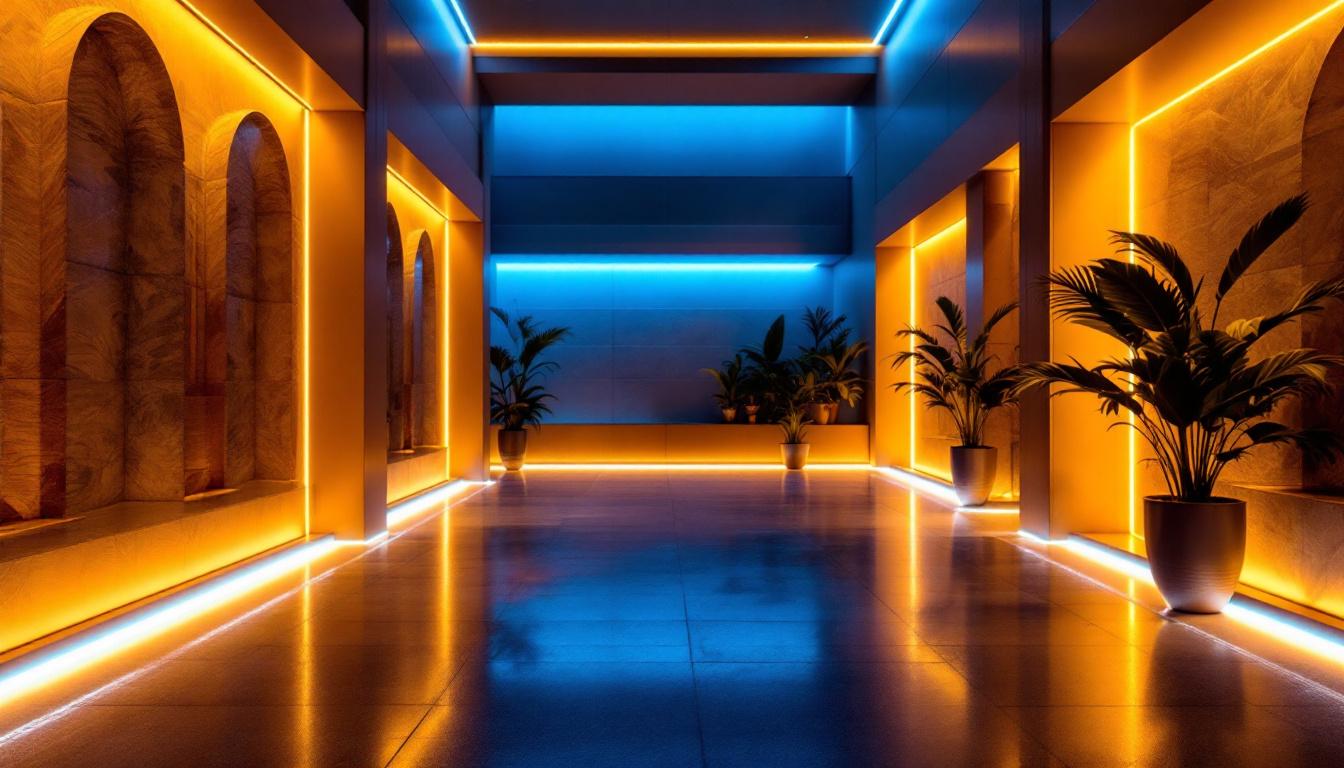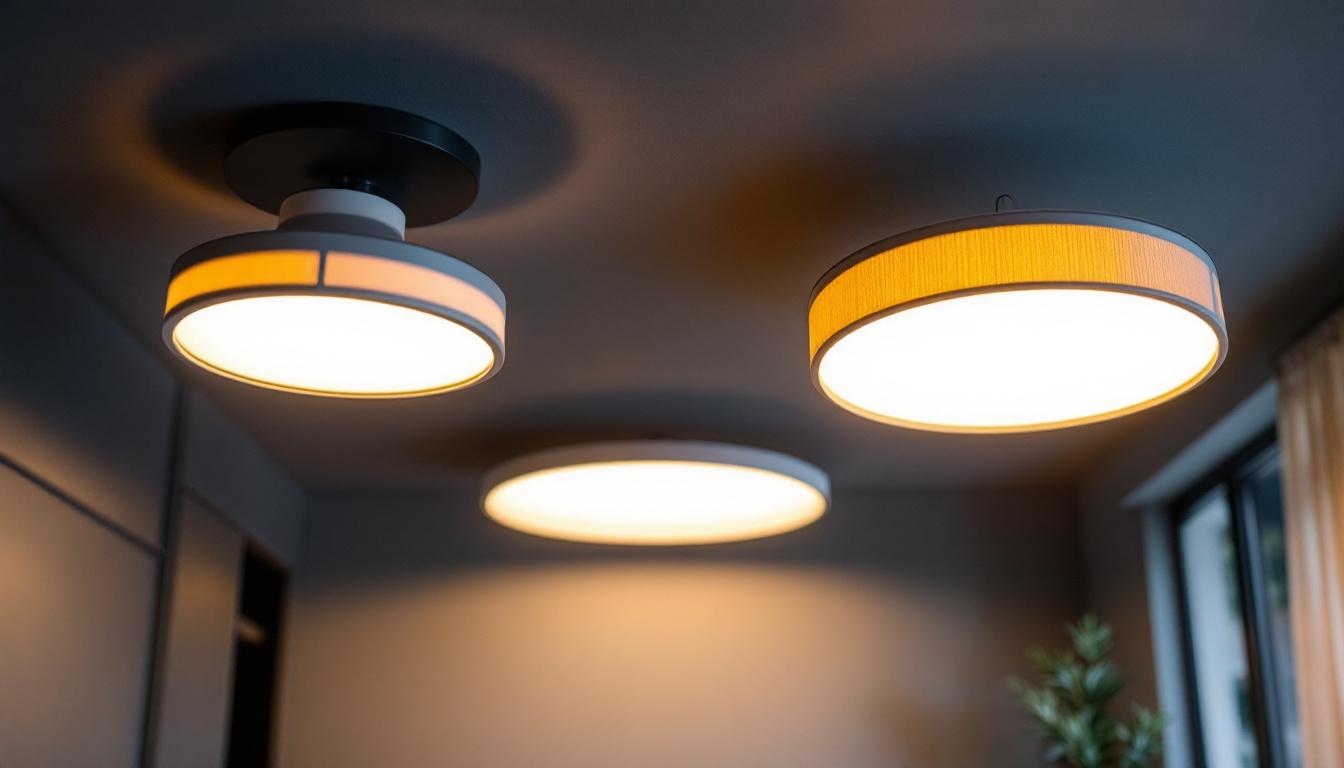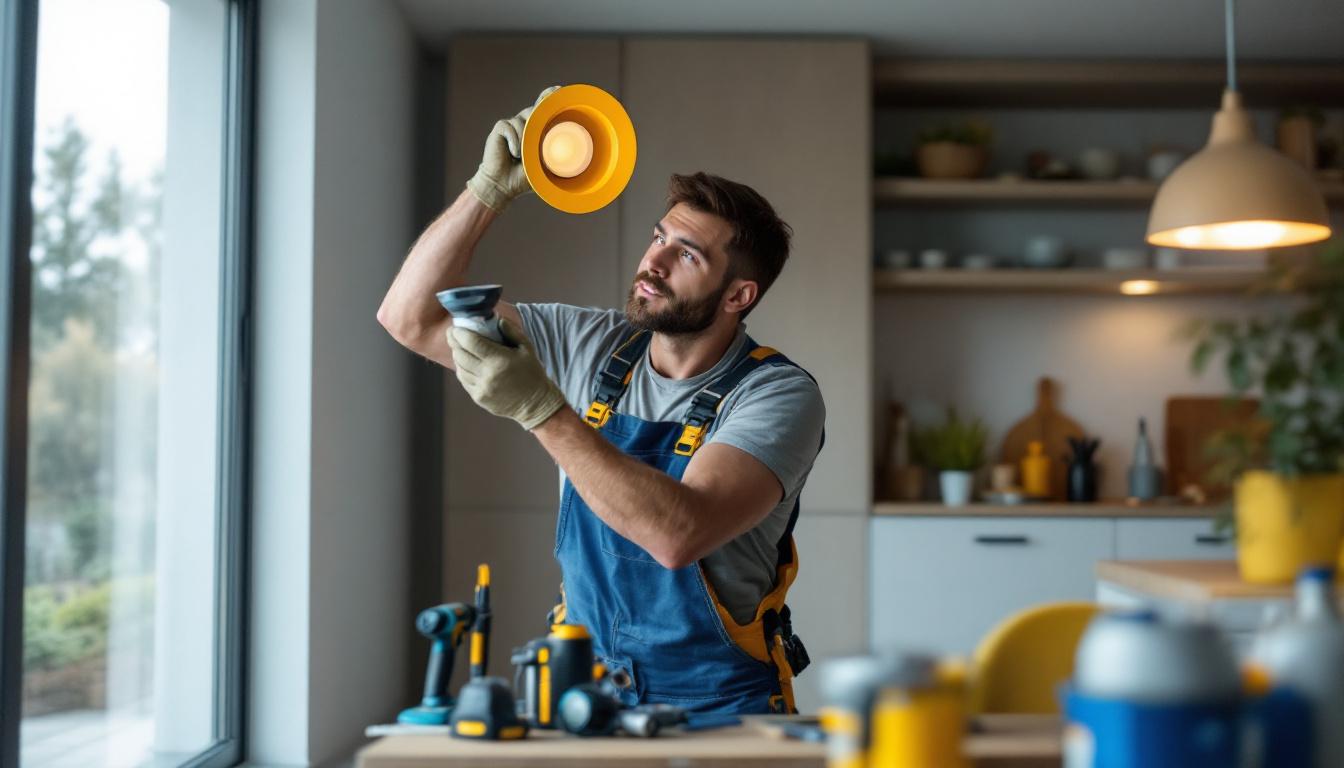
In the evolving world of outdoor lighting, LED recessed lights have emerged as a popular choice for both residential and commercial applications. Their sleek design and energy efficiency make them an attractive option for lighting contractors looking to provide high-quality solutions to their clients. This article explores the best outdoor LED recessed lights available on the market and offers essential tips for lighting contractors to master their installations.
Outdoor LED recessed lights are designed to be embedded into ceilings or walls, providing a clean and modern look. These fixtures are particularly useful in areas where space is limited or where a minimalist aesthetic is desired. Unlike traditional lighting options, LED recessed lights offer numerous advantages, including energy efficiency, longevity, and reduced heat output.
One of the most significant advantages of LED technology is its energy efficiency. LED lights consume significantly less energy compared to incandescent or halogen bulbs, translating to lower electricity bills for clients. Additionally, LEDs have a longer lifespan, often lasting up to 25,000 hours or more, which means fewer replacements and maintenance costs.
Moreover, LED recessed lights produce less heat, making them safer for outdoor use. This feature is particularly beneficial in areas where fixtures are exposed to the elements, as it reduces the risk of overheating and potential fire hazards. The low heat output also means that the surrounding materials are less likely to be damaged over time, ensuring the integrity of outdoor structures and enhancing their longevity.
When selecting outdoor LED recessed lights, contractors should consider various types available in the market. Some of the most common types include:
In addition to these types, there are also specialized outdoor LED recessed lights designed for specific applications, such as wet-rated fixtures that can withstand exposure to moisture and humidity. These are particularly important in areas like patios or outdoor kitchens where water exposure is a concern. Furthermore, many outdoor LED recessed lights now come with adjustable color temperatures, allowing homeowners to customize the ambiance of their outdoor spaces, whether they prefer a warm, inviting glow for gatherings or a cooler, brighter light for security purposes.
Another exciting development in outdoor LED recessed lighting is the integration of smart technology. Many modern fixtures can now be controlled remotely via smartphone apps, enabling users to adjust brightness, set schedules, or even change colors based on their mood or occasion. This level of control not only enhances convenience but also allows for greater energy savings, as lights can be programmed to turn off when not in use or dimmed during certain times of the day. As outdoor living spaces continue to evolve, the versatility and functionality of LED recessed lights make them an essential component in contemporary outdoor design.
Selecting the appropriate recessed lights for outdoor applications involves several considerations. Factors such as brightness, color temperature, and beam angle play a crucial role in achieving the desired lighting effect.
Brightness is measured in lumens, and understanding the required lumen output is essential for effective lighting design. For outdoor spaces, a higher lumen output is often necessary to ensure adequate illumination. Typically, 1000 to 3000 lumens are recommended for outdoor areas, depending on the specific application.
Contractors should also consider the layout of the space. For example, a patio may require more lumens than a garden path to create a welcoming atmosphere. Proper spacing of fixtures can help achieve uniform lighting without dark spots.
The color temperature of LED lights is measured in Kelvin (K) and can significantly influence the ambiance of an outdoor space. Warmer color temperatures (2700K to 3000K) create a cozy and inviting atmosphere, while cooler temperatures (4000K to 5000K) provide a more modern and vibrant feel.
When advising clients, it’s essential to consider the intended use of the outdoor area. For example, warm lighting is ideal for relaxation areas, while cooler lighting may be preferred for task-oriented spaces like outdoor kitchens or work areas.
Beam angle refers to the spread of light emitted from a fixture. A narrow beam angle (less than 30 degrees) is suitable for highlighting specific features, such as architectural details or landscaping, while a wider beam angle (greater than 60 degrees) is ideal for general illumination.
Contractors should assess the layout of the outdoor area to determine the most effective beam angle for their recessed lights. Combining different beam angles can create layers of light, enhancing the overall aesthetic and functionality of the space.
Proper installation is crucial for the performance and longevity of outdoor LED recessed lights. Here are some essential tips for lighting contractors to ensure a successful installation.
Before beginning any installation, contractors must familiarize themselves with local building codes and regulations. Outdoor lighting installations often have specific requirements regarding fixture placement, wiring, and safety measures. Adhering to these codes not only ensures compliance but also enhances the safety and reliability of the lighting system.
Outdoor recessed lights must be designed to withstand various weather conditions. Contractors should select fixtures with appropriate IP (Ingress Protection) ratings to ensure they are water-resistant and suitable for outdoor use. A rating of IP65 or higher is generally recommended for outdoor applications, as it indicates the fixture can withstand dust and water exposure.
Additionally, using corrosion-resistant materials can prolong the lifespan of the fixtures, especially in coastal areas where salt exposure is a concern.
Proper planning for wiring and power supply is essential for a seamless installation. Contractors should map out the layout of the recessed lights, ensuring that the wiring can be routed efficiently and safely. It’s also crucial to consider the power supply requirements of the fixtures, ensuring that the existing electrical system can accommodate the additional load.
When installing multiple fixtures, using a transformer may be necessary to convert line voltage to low voltage, depending on the specifications of the recessed lights chosen.
Outdoor LED recessed lights can significantly enhance the functionality and aesthetic appeal of outdoor spaces. By strategically placing fixtures, contractors can create inviting environments that cater to various activities.
Recessed lights can be used to highlight architectural features, such as columns, beams, or decorative elements. By positioning fixtures at strategic angles, contractors can create dramatic effects that draw attention to these features, adding depth and character to the outdoor space.
For instance, illuminating a stone wall or a water feature can create a stunning focal point, enhancing the overall ambiance of the area.
Outdoor spaces often serve multiple purposes, from entertaining guests to providing a relaxing retreat. By using recessed lights to create distinct zones, contractors can enhance the functionality of these areas. For example, brighter lighting may be needed for dining areas, while softer lighting can be used in lounge spaces to create a cozy atmosphere.
Incorporating dimmable fixtures can also provide flexibility, allowing clients to adjust the lighting according to their needs and preferences.
Smart technology is becoming increasingly popular in outdoor lighting design. Contractors can offer clients the option to integrate smart controls with their recessed lights, allowing for remote operation, scheduling, and even voice control. This feature not only enhances convenience but also provides energy-saving benefits by allowing clients to manage their lighting more efficiently.
When selecting smart recessed lights, ensure compatibility with existing smart home systems to provide a seamless user experience.
Conducting routine inspections of outdoor lighting systems can help identify potential issues before they become significant problems. Contractors should recommend that clients check for any signs of wear or damage, such as flickering lights, which may indicate a faulty connection or a need for replacement.
Additionally, cleaning the fixtures periodically can help maintain optimal performance. Dust and debris can accumulate over time, affecting the light output and overall appearance of the fixtures.
Lighting contractors should be prepared to troubleshoot common issues that may arise with outdoor LED recessed lights. For example, if a fixture is not working, it could be due to a blown fuse, a tripped circuit breaker, or a faulty connection. Educating clients on these potential issues can empower them to resolve minor problems independently.
In cases where issues persist, contractors should be ready to provide professional assistance, ensuring that clients receive prompt and effective service.
Outdoor LED recessed lights offer a versatile and stylish lighting solution for various outdoor applications. By understanding the benefits of LED technology, selecting the right fixtures, and mastering installation techniques, lighting contractors can provide exceptional service to their clients.
Furthermore, by incorporating smart technology and maintaining a focus on aesthetics, contractors can elevate outdoor spaces, creating inviting environments that enhance both functionality and beauty. With the right knowledge and skills, lighting contractors can master the art of outdoor LED recessed lighting, ensuring satisfied clients and successful projects.
Ready to take your outdoor lighting projects to the next level? At LumenWholesale, we provide lighting contractors with the highest quality LED recessed lights that blend seamlessly into any outdoor setting. Our spec-grade lighting products come at unbeatable wholesale prices, ensuring you get the best value for your investment. Say goodbye to local distributor markups and hello to a vast selection of reliable, high-performance lighting that meets the highest industry standards. With the added convenience of hassle-free bulk buying and free shipping, LumenWholesale is your go-to source for premium lighting solutions. Elevate your outdoor spaces now by visiting Wholesale Lighting at the Best Value and discover how we can brighten your projects with quality, affordability, and convenience.

Discover how 110V LED tape lights can revolutionize your lighting projects by enhancing efficiency and cutting costs.

Discover how incorporating flush mount modern lighting into your projects can elevate your business.

Discover the essential insights lighting contractors need to meet client expectations in the world of over-the-counter lighting.

Discover how recessed light adapters are revolutionizing the workflow for lighting contractors.